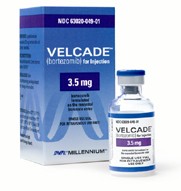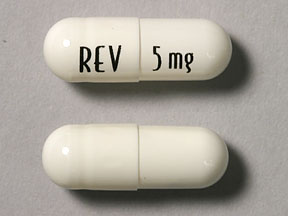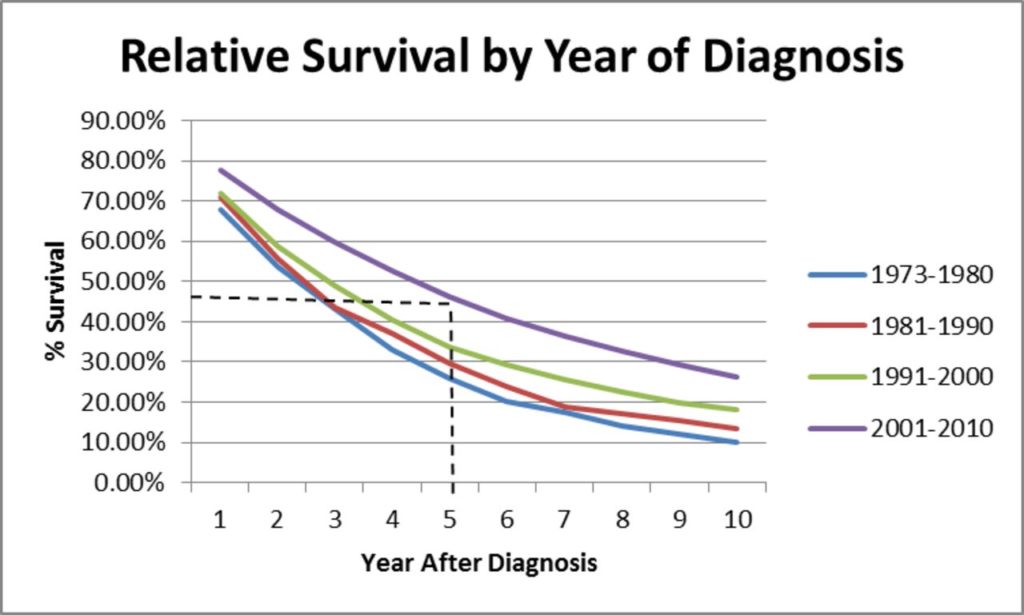“While recent breakthroughs have led to more treatment options for multiple myeloma, patients are also experiencing new side effects, stressful financial issues, and psychological burdens…”
What if “average five-year survival statistics” for myeloma therapies included metrics such as stressful financial issues and psychological burdens? After all, Revlimid, as an example, costs $128,666 per U.S. patient per year. Velcade costs $4,000-$8,000 per month depending on the dose. Depending on your co-pay, out-of-pocket maximums, etc. your treatment costs can be frightening. And those are only the financial costs.

When is “the new normal” unacceptable? Don’t misunderstand me. I am the first MM survivor to encourage patients to soldier on. I live with a number of treatment-related long-term and late-stage side effects. It may sound odd but I wear my scars proudly. At least that’s what I tell myself. I don’t have a choice, do I?
But when I read the article linked and excerpted below I found myself wondering if there was ever a therapy that just cost too much- financially, physically or psychologically.
Consider that Thalidomide, depending on the dosing schedule, costs about 25-30% of what Revlimid costs. Then read the article linked below about a possible benefit of this chemotherapy regimen. Finally, consider antioxidants such as curcumin that research cites as enhancing the efficacy of Thalidomide as a myeloma therapy.
My oncologist, Dr. Berger, was a well-meaning, experienced, conventional oncologist. But Dr. Berger never ever gave a moments consideration about what he was prescribing in terms of my quality of life. I’ve read my medical file. In it are pages and pages of symptoms, diagnostics, surgical procedures, radiation and chemotherapy treatments. But nothing about what the medications would do to me physically, financially or psychologically.

As I am thinking about and writing this issue I think that the answer lies in how MMers themselves think about their lives as MM survivors. By this, I mean that the current state of metrics such as five-year survival rates don’t seem to cover everything I’ve come to live with as a long-term MM survivor
Maybe I’m expecting too much from conventional oncology. After all, its a business.
To Learn More About Financial Toxicity- click now
Are you a myeloma patient, survivor or caregiver? I’m curious to hear what you have to say about the above and below. Scroll down the page, post a question or comment and I will reply to you ASAP.
Thank you,
David Emerson
- MM Survivor
- MM Cancer Coach
- Director PeopleBeatingCancer
Recommended Reading:
“While recent breakthroughs have led to more treatment options for multiple myeloma, patients are also experiencing new side effects, stressful financial issues, and psychological burdens. In turn, recent research found that this increased distress may actually have negative implications for patient outcomes…
“This is a critical time to evaluate things from a global standpoint. We need to be concerned about the system as a whole, but we also need to get more granular and focus on what the deleterious effects seen on a patient-by-patient level are, in terms of financial burden…”
Richter and his team examined 239 patients with multiple myeloma who completed the Living With Cancer patient-reported outcomes tool – designed for patients to report on aspects such as distress, depression and financial burden.
Nearly half of the patients (48 percent) reported that they were concerned that could no longer do the activities that they wanted to do, while one-third (33 percent) reported a decrease in performance status. When asked about money, 44 percent of patients reported having financial toxicity.
Only 76 percent of patients who reported having higher distress scores experienced 12-month survival compared with 87 percent in those with low distress scores.
One finding that Richter found particularly surprising was regarding depression and anhedonia, or the inability to feel pleasure. While only 15 percent of patients reported depression, 41 percent reported anhedonia – a symptom that is highly connected with depression…
These findings could help physicians better understand issues their patients may be facing and can open the door to patient-provider conversations about certain interventions, such as palliative care, hospice care or ending chemotherapy treatment.
“One of the things that this tool allows is a shift in paternalism, where the physician sits down and gives the power back to the patient,” Richter said. “That tool gives us an idea that they are ready for a transition. It puts the power in the hands of the patient to help guide their plan of care.””
“Through their study, they revealed that thalidomide inhibits the activity of AMPK via CRBN under oxidative stress and suppresses nerve cell death…
“We hope that our findings will help with the development of new and safer thalidomide derivatives,” says Naoya Sawamura, associate professor of neuropharmacology at Waseda University and leading author of this study, “to better treat diseases such as cerebral infarction, a type of stroke which is a major cause of death worldwide…”
“In these cells, we found that the AMPK-CRBN interaction weakened and phosphorylation of AMPK enhanced, but thalidomide treatment restored the AMPK-CRBN interaction and suppressed phosphorylation of AMPK,” explains Sawamura. “What this implies is that thalidomide regulates AMPK-CRBN interactions in cells under ischemic conditions, meaning, it can suppress nerve cell death.”





